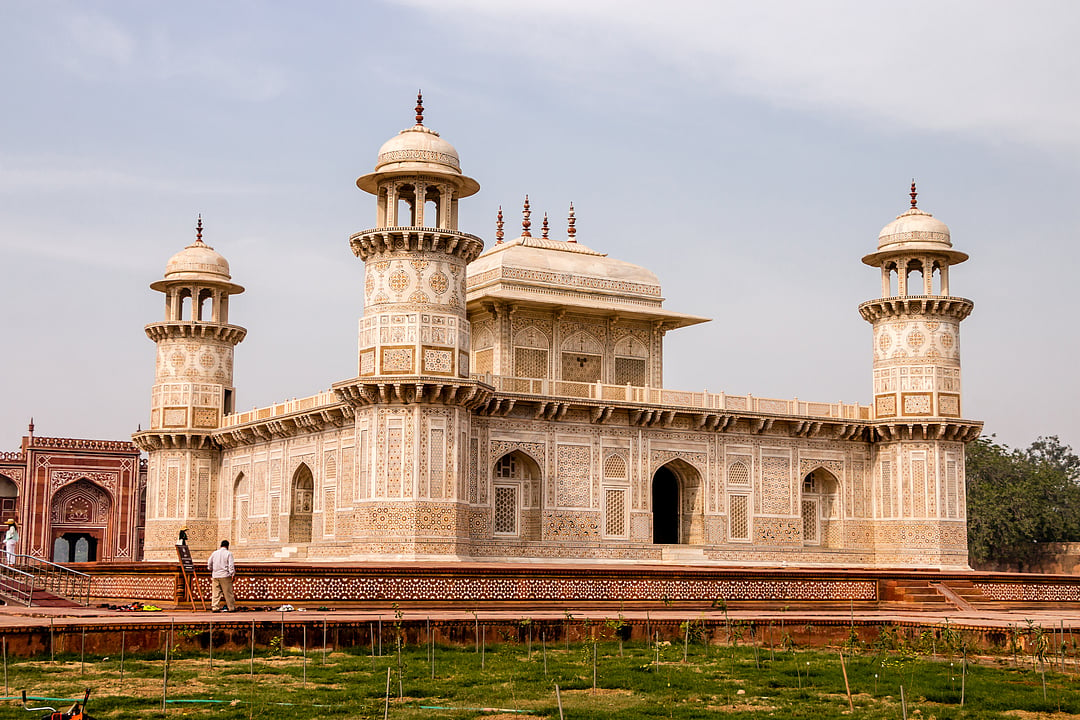When people from far-flung places come shoulder to shoulder with the local masses in Agra, their gaze remains fixated on a single sight, that of the renowned 'tear-drop on the cheeks of time', the Taj Mahal. Thereon, they take a local rickshaw and find themselves at the fortified entrance of the Agra Fort, the palace that served as the residence of the early Mughals. And then, surely, comes the turn of the tomb of I'timād-ud-Daulah, also visible from the Musamman Burj of Agra Fort—the space where Shahjahan would remain in Aurangzeb's captivity, famously whiling away time, staring at the Taj Mahal where his dead wife lay buried. But who is this I'timād-ud-Daulah who enjoys a unique tomb (dome-less tombs are a unique Mughal feature garnered only on a select few) in Agra? Why does the tomb matter? Who built it? Outlook Traveller take a trip down the mediaeval lane and goes beneath centuries of dust and silence to find some answers.
Heritage
Beyond The Taj Mahal: Here's Why Itimad-ud-Daulah's Tomb Deserves A Visit During Your Agra Trip
Often called the 'Baby Taj', the tomb of Itimad-ud-Daulah in Agra is a marvel of white marble and intricate inlay work, built by Nur Jahan for her father.

A view of the tomb of Itimad-ud-Daulah in Agra Photo: Shutterstock
A view of the tomb of Itimad-ud-Daulah in Agra Photo: Shutterstock
CLOSE




